South Sudan
South Sudan earns the State Department’s most severe travel advisory. For all but 10 of the years since 1956, when its civil war against northern Sudan began, South Sudan has been in conflict. More than 2.5 million people have been killed. Millions more have become refugees both within and outside the country. Violence continues today. Three weeks ago on a major highway leading into the capital city of Juba, two buses were ambushed. Three people were killed and dozens more injured. This news validated my decision not to travel overland from Uganda into South Sudan, but to take a plane instead.
Since 2005, South Sudan has been ruled by President and Commander-in-Chief Salva Kiir Mayardit. Salva Kiir has eliminated dissent against his rule by killing at least ten journalists (and their guides and interpreters) who reported “against the country.” Last Tuesday (13 December), President Kiir accidentally wet his pants at a public function. A story was briefly circulated on the web saying that the journalist who videotaped this embarrassing moment was found dead this morning — a story which may be fake news. Nevertheless, when journalists were confirmed killed in South Sudan in the past, no one was charged with any of the killings.
On my immigration form at the Juba airport, I made sure to check the box marked “Tourist” — not “Journalist!” Still, I was sternly advised by airport police against taking photographs of any sensitive sites or people. While in Juba, I was admonished by security forces in three locations that photos were not allowed of statues, intersections or public places. Even South Sudanese citizens are reluctant to have their photos taken, which is why this post has no snapshots of people.
South Sudan’s government currently controls about 80% of the country. The remainder is under the control of rebel groups who accuse the government of plotting to stay in power indefinitely, not representing or supporting all tribal groups, and neglecting development in rural areas. Conflict also arises from tribal disputes. The Nuer White Army has stated it plans to wipe out the entire Murle tribe in order to guarantee the security of their cattle. The United Nations rights office describes the situation in the country as “one of the most horrendous human rights situations in the world.” Government forces and allied militias are said to allow fighters to rape women as form of payment for fighting, as well as raid cattle in an agreement of “do what you can, take what you can.” Recruitment of child soldiers has also been cited as a serious problem in the country.
With resources such as petroleum, iron ore, copper, chromium, zinc, tungsten, mica, silver, gold, diamonds, hardwoods, limestone and hydropower, South Sudan is a potentially wealthy country. At this time, only the petroleum resources have been developed. Oil revenues constitute 98% of South Sudan’s government income, much of which is siphoned off by South Sudan’s leaders, leaving the population starved of basic services and, in some parts of the country, on the brink of famine. There are 8.3 million people in need of humanitarian aid. More than 90% of the population live on less than $1 a day. The child marriage rate in South Sudan is 52%. Maternal mortality is 2,054 per 100,000 live births. The under-five infant mortality rate is 135 per 1,000.
South Sudan’s situation is complicated by the fact that Sudan controls the pipelines, refineries, and port facilities on the Red Sea through which South Sudan’s low sulfur crude must flow. Before South Sudan’s independence in 2011, Khartoum received a 50% share of all oil revenues from the southern oil fields. This agreement is subject to constant revisions and negotiations, occasionally resulting in stoppage of the flow of South Sudan’s oil.
Knowing all this, I flew north from Entebbe, Uganda to Juba, South Sudan. My first view of South Sudan was of miles and miles of dry savannah. This is cattle country, but not much else.
At the Juba airport, I met up with my friend Bart. In a place like Juba, it’s good to travel with someone to watch your back. This is the fourth continent on which Bart and I have rendezvoused. By coincidence, South Sudan is the 172nd country visited for both of us.
Although South Sudan produces 150,000 to 170,000 barrels of oil per day, most of the streets in Juba are unpaved.
Judging by the hi-rise hotels, office buildings and new construction in downtown Juba, not everyone is poor. There is money in South Sudan.
Adjacent to the high-rise buildings of downtown Juba are tin-roofed shacks with no electricity or plumbing.
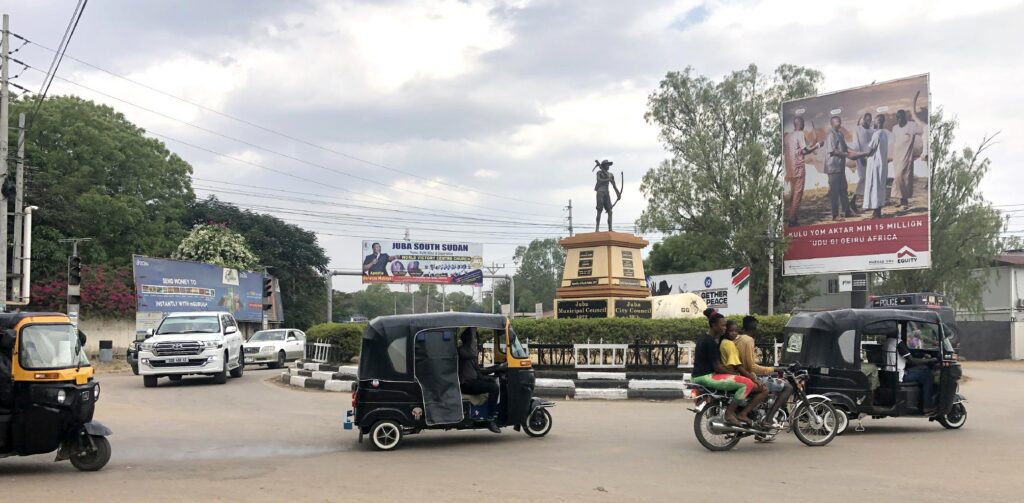
Click on this photo to take a ride in a tuk-tuk.
Juba has lots of traffic, few sidewalks and no crosswalks. It’s also hot and dusty. My favorite way to get around town was by three-wheeled tuk-tuk. Click here for a 4-minute music video of a fast ride through Juba. If there’s any way that I can show you what South Sudan’s capital and biggest city looks, sounds and feels like, this video is it. Please watch this video.
The music you’ll hear in this video was created by Emmanuel Jal, one of the most famous people to come out of South Sudan. He’s a former child soldier who became an artist, actor, and political activist campaigning for peace and honest government. His main message is that children have no place in wars. His music is popular in Africa and the UK. Click here for the TED talk he did about his five years as a child soldier.
Although the US State Department recommends against travel in South Sudan, Americans are welcome here. America supported South Sudan’s independence in 2011. The New York Times reported that “South Sudan is in many ways an American creation, carved out of war-torn Sudan in a referendum largely orchestrated by the United States, its fragile institutions nurtured with billions of dollars in American aid.” Although the U.S. has maintained sanctions against Sudan, these sanctions were removed for South Sudan to help connect foreign investors with South Sudanese private sector representatives.
South Sudan is an easy country for Americans to visit. Evisas are available on-line. English is the official language. Dollars are accepted everywhere. The country is more than 60% Christian.
The only problem with Juba is that there’s not much to see or do here. The most notable landmark is a derelict ferry that sank in the middle of the Nile as a result of mechanical failure and hull damage. The bar at the AFEX River Camp has a good view of the sunken ferry … and the beer is cold!
Traditional tribal villages can be found outside of Juba. There are remarkable cattle herders living there who allow their photos to be taken. Although Bart and I opted to continue to our next country, you can see some fabulous photos of the tribal villagers by clicking here.
Stay tuned for another adventure to a country even less healthy than South Sudan.
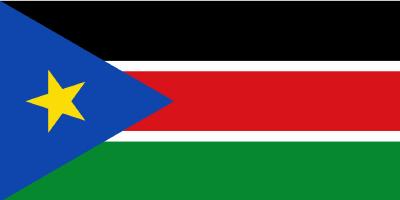
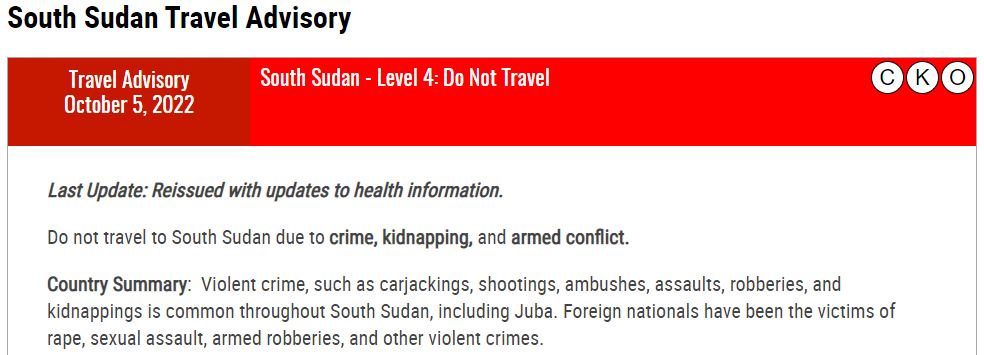
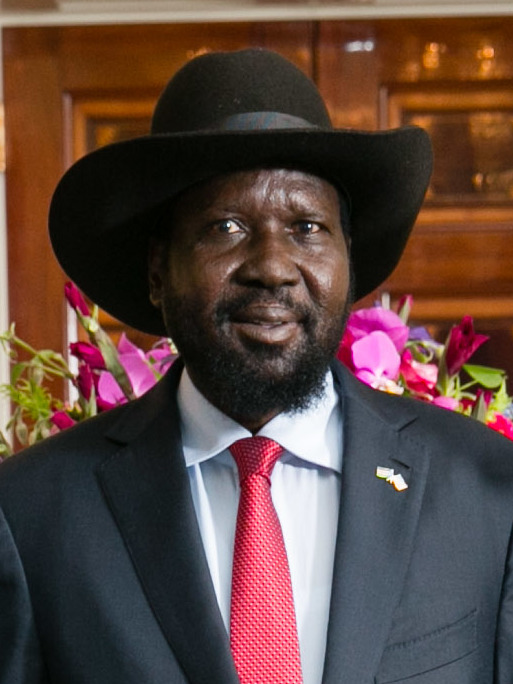
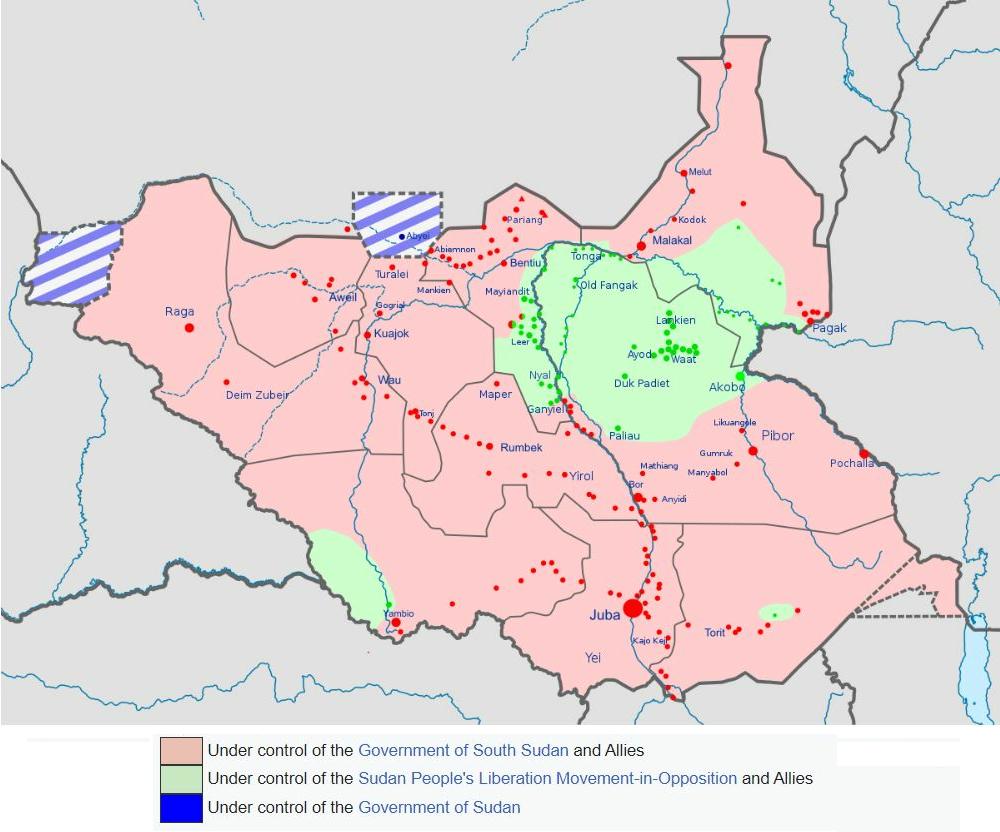
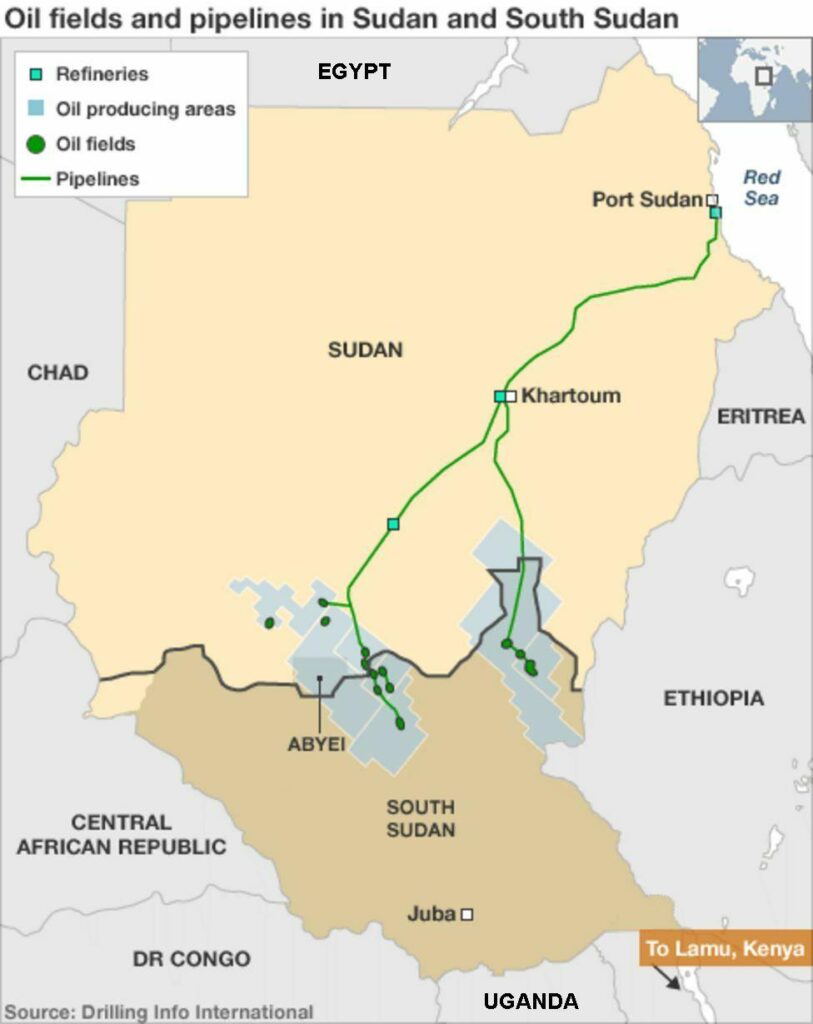
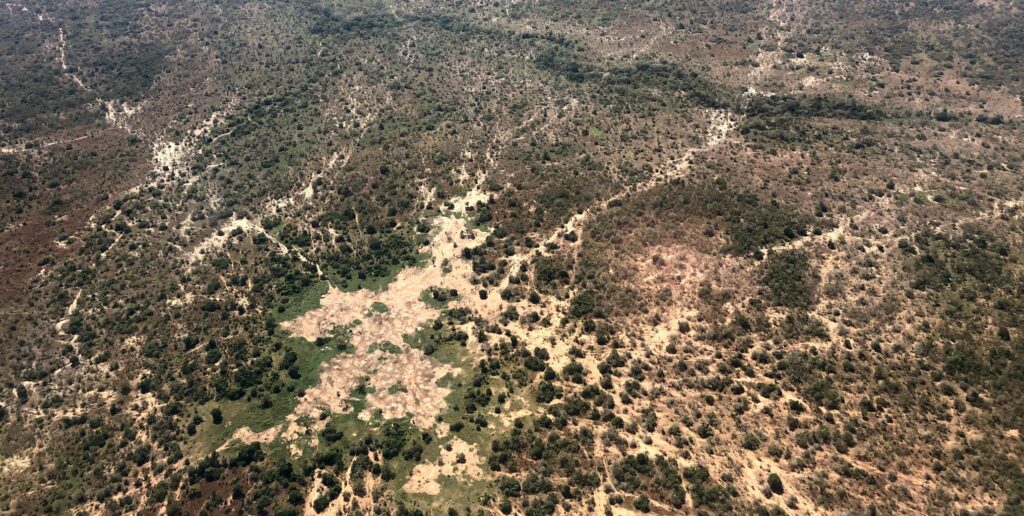
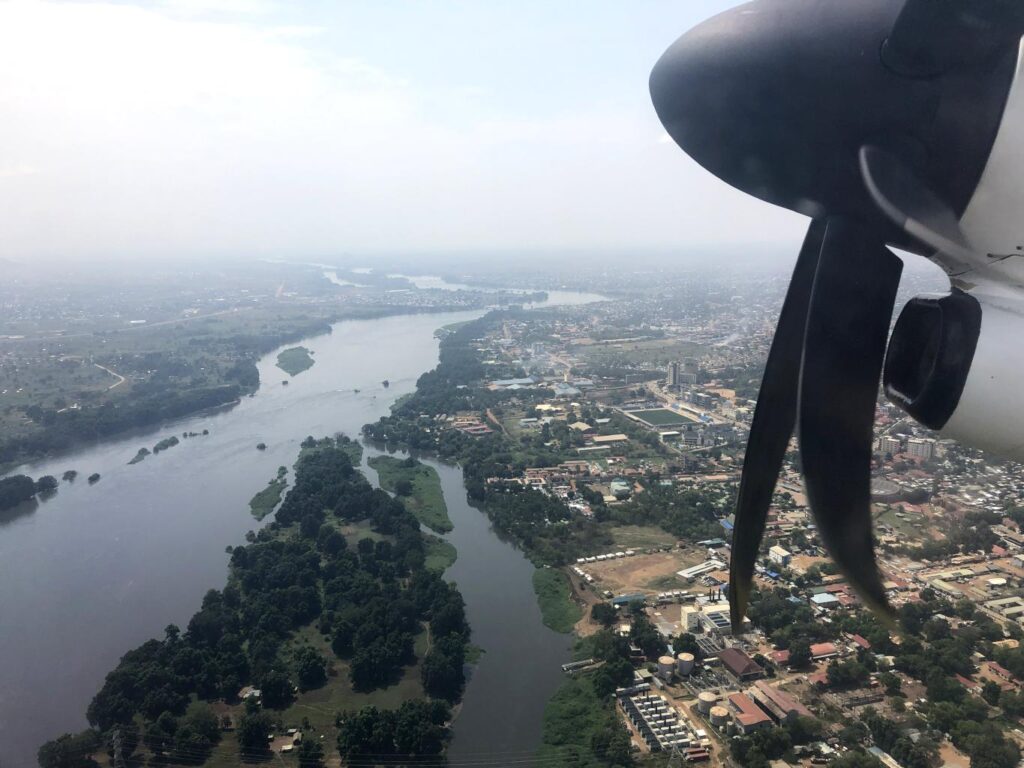
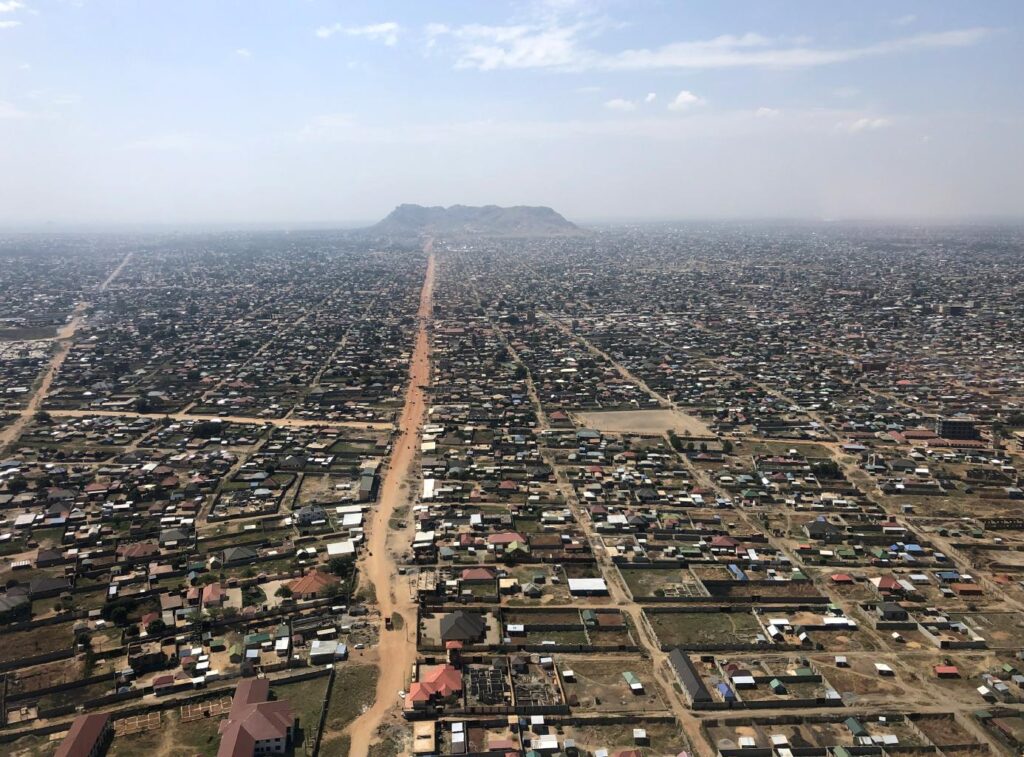
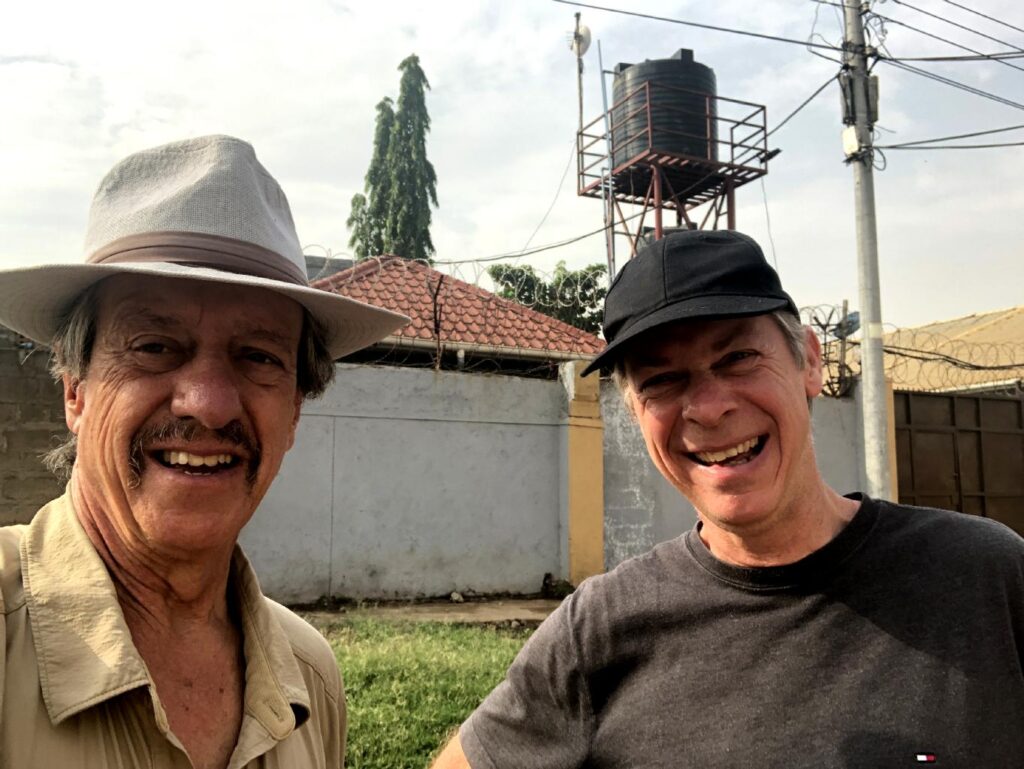
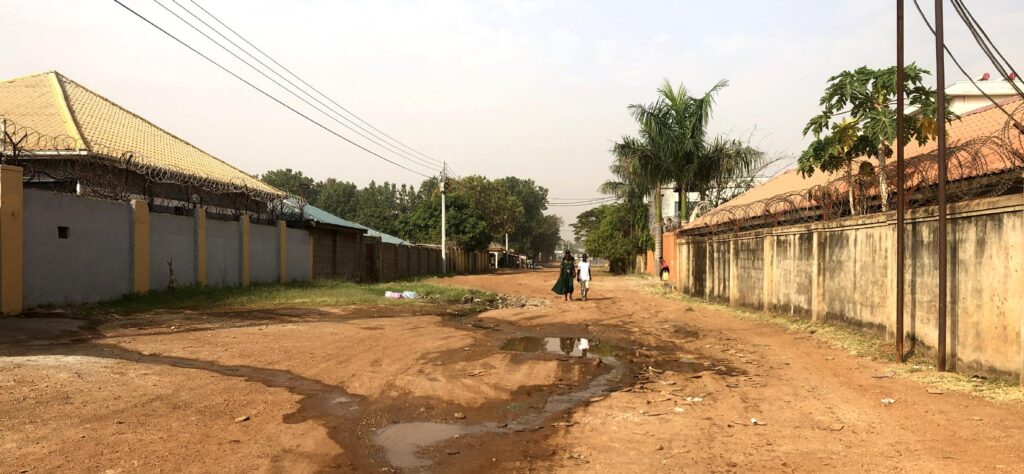
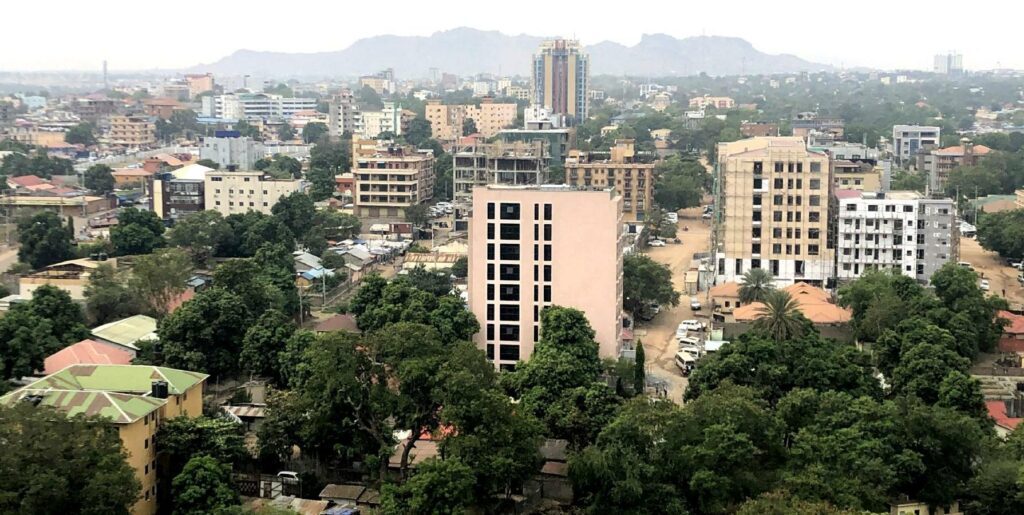
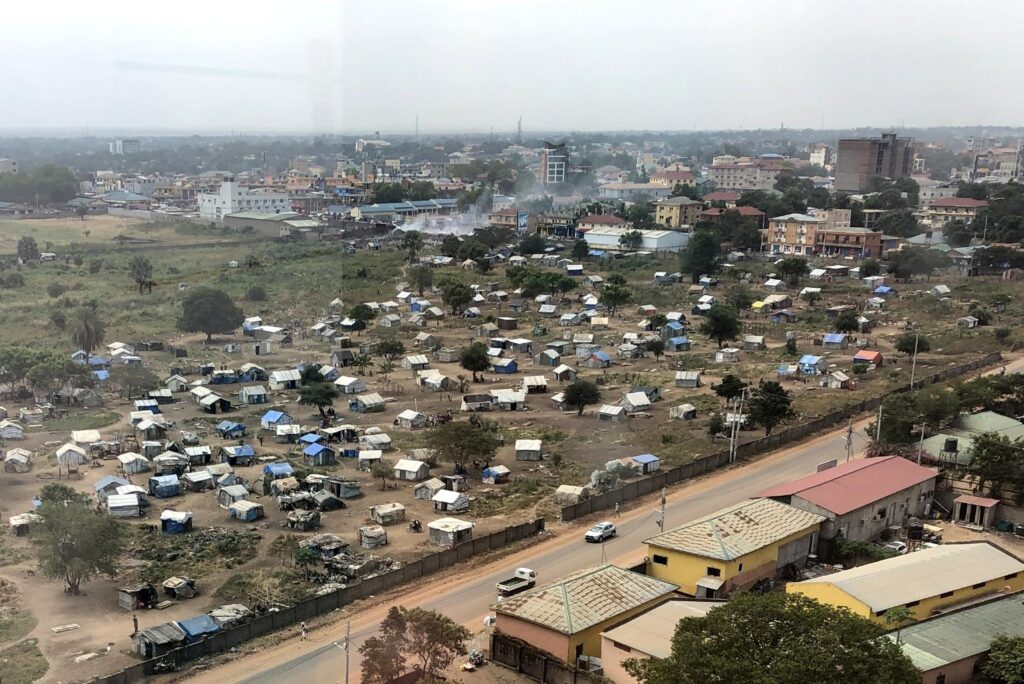
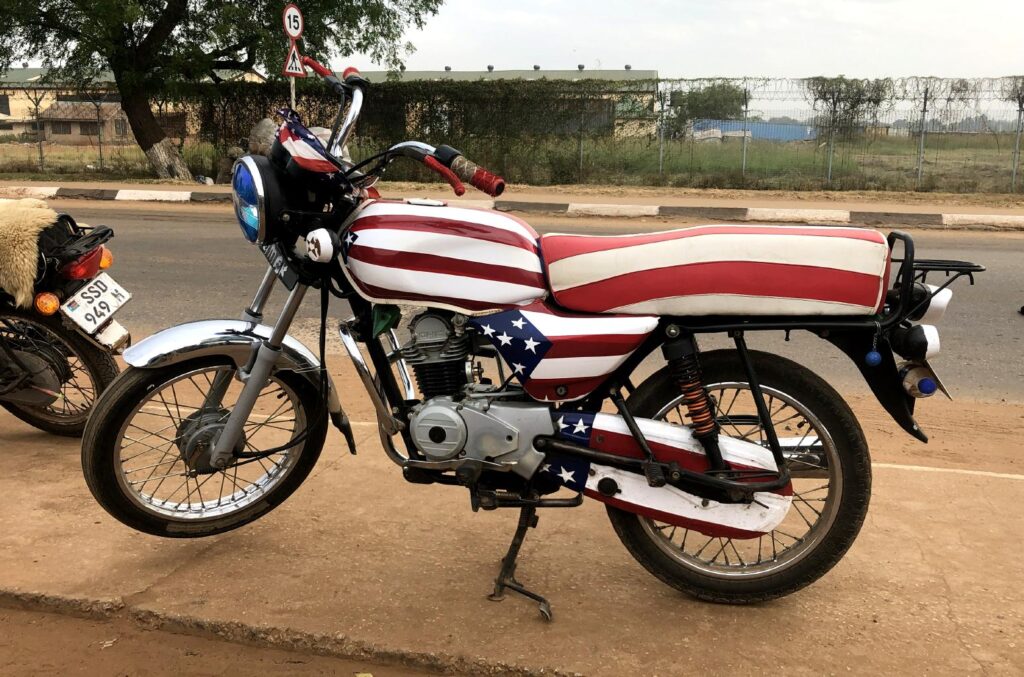
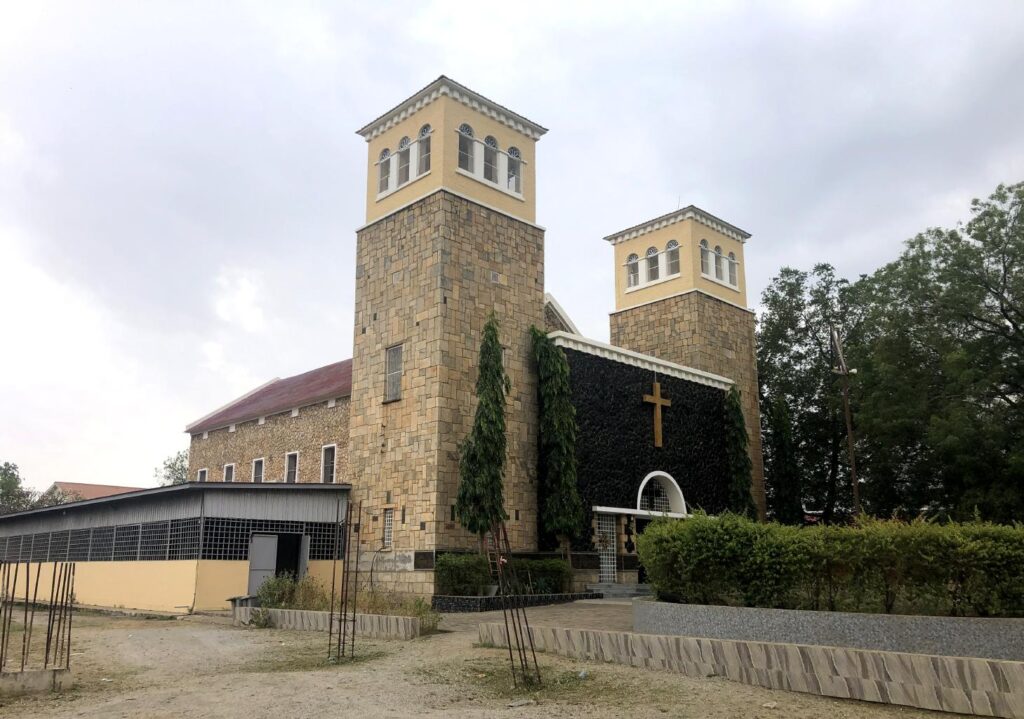
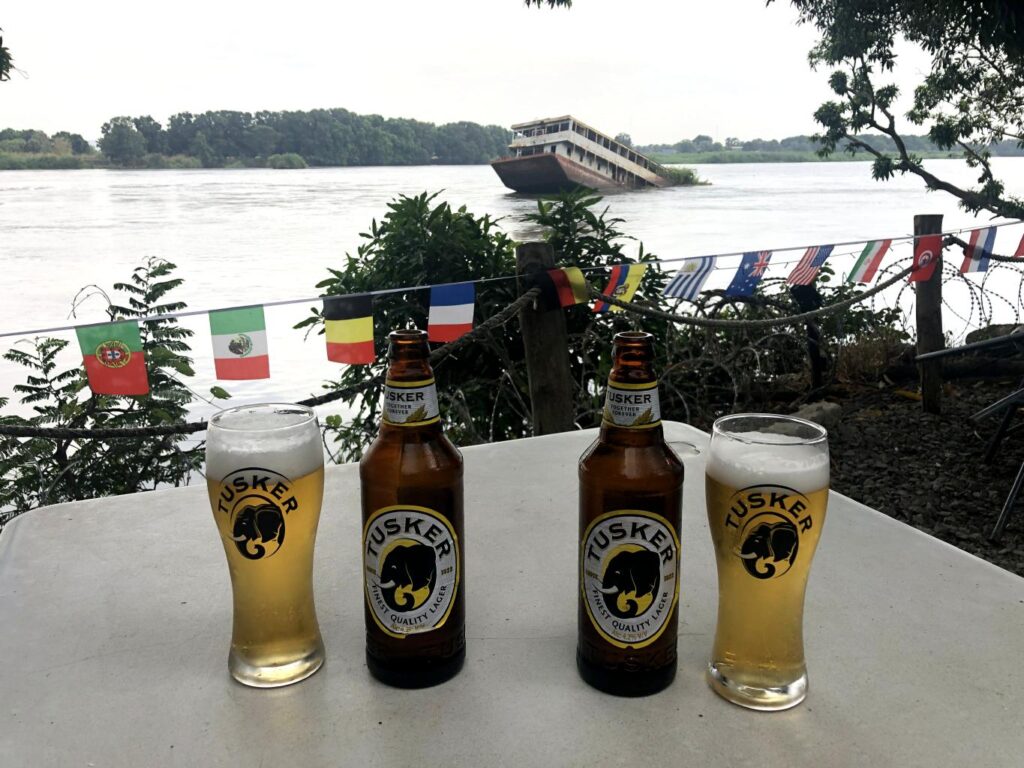
Wow ! One gets a picture of the realworld. Keep on truckin’.
Kevin
Wow. Just wow.
I am really sorry for countries hit with the US Embassy red warning: do not travel there. I greatly hinders development. I have lived in countries with this warning since 2007 until now: Turkey, Iraq, and Mazatlan, Mexico. I feel safe in all of them and love the people there. I wish I could post photos here to show you my mud street all dug up now. They finished burying the new water and sewage pipes. Tomorrow I hope to get the water to my house restored. I doubt that the street will be paved before next summer. But I am so happy in Iraq with my Yezidi friends. Last week I met a citizen from South Sudan and he gave me some history. He is a team leader here for an NGO. I really appreciate it when you cover the true political situation of a country.
BTW, I don’t believe for a minute that the journalist hanged himself. Social media is claiming he shared his video with friends instead of stating the event was streamed live, ie, no time to edit it. I’d feel sympathy for the president if it were not for the fact the journalist is dead. Nick, how many countries do you have left to visit? Can you visit them faster than new ones are created? What is the requirement to get into that small club in Guinness Book of Records? How and where will you celebrate?
=========================================================
Amy,
To answer your questions, I have 21 countries left. Go to travel.zoa.com for a map showing which ones I still have to visit.
Can you visit them faster than new ones are created?
I’m pretty sure that I can visit them faster than new ones are created. I hope to be all done with my quest by 2024.
What is the requirement to get into that small club in Guinness Book of Records?
There are hundreds of nomads who’ve visited all 193 UN countries. So, the only Guinness travel records are things like fastest tour of every country, youngest person to visit every country, visits to every country without flying on an airplane, etc. It doesn’t bother me not to qualify for any of these records. I’ll be happy if I can see them all slowly and to enjoy the best ones fully.
How and where will you celebrate?
I don’t know yet. Right now, Syria is the hardest country for an American to visit. So that might end up being my last one visited.
Nick
Nick,
The video of Juba in the Tuk-tuk gave me the best ‘feel’ for this country. I’d like to read your answers to Amy’s questions above…….
I also love when you relay the true political situations of these countries.
Thank you for another journey with Nic – the photos tell a thousand tales….
Wow, indeed. Great links to photos and descriptions of the herding tribes, and Emanuel Jal. Great music! Powerful. Thank you!
I’m amazed of this world that most of us don’t know about. It is fascinating.
I admire your courage.
Thank you and Keep safe.
Laura
A great tour by tuk-tuk; was the driver aware of your video or did you do it on the sly? Noted all the road signs and billboards in English; that must make getting around a bit easier — outside of the other factors. South Sudan writes another sad tale of natural resource wealth that doesn’t trickle down to the population at large; such exists even in “First World” countries. Good to hear you’re staying safe and sane.